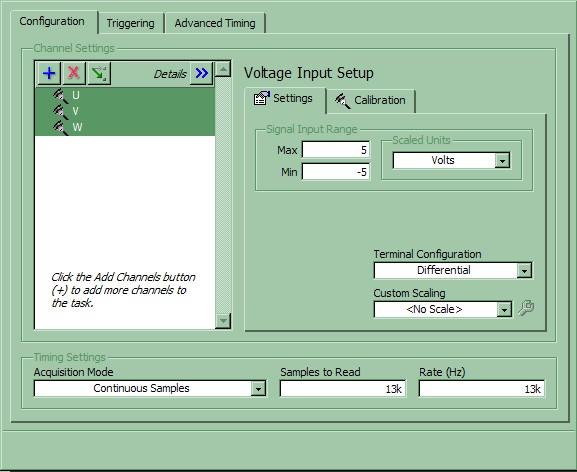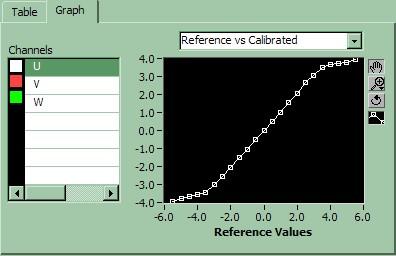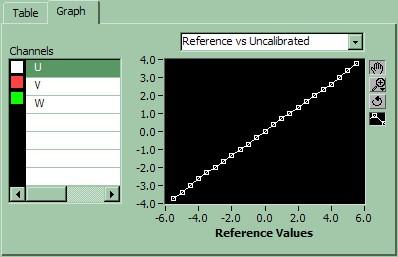Search the Community
Showing results for tags 'problems'.
-
Hello, Background: I am trying to build an application to monitor the power line of a factory because it is very noisy and we get quite often line stops that affect production. I designed a data acquisition program in Labview using a NI-USB DAQ 6008. It works but the results are not satisfactory since I only have 3kHz per channel (I use 3 channels) so I don't get to see higher frquencies that probably are the reason of our problems. So I switched to NI-USB DAQ 6210. This way I have a 13kHz acquisition rate so I get acces to the 13th harmonic (b.f. 50Hz) and do some oversampling to avoid aliasing. To acquire the signals I use a separation transformer 400V/4V. Problem: I have tested my application in lab, trying to measure a DC voltage of 5.5 Volts and this is what I get: I would have expected to have a continous line since it is a DC voltage that I put on the channels. Repeating the test for other voltages gave similar results. It's like loosing the signal for some fractions of a second. You can see here the configuration of the acquisition task in MAX: I have done the physical connections on the board acording to the indications that MAX gives for Differential measurement. I have also tried to do a calibration. It seems to saturate above 4V as you can see below: It is true that this calibration is done with a standard DC power source that probably has a deviation of tenths of milivolts. I have also tryed with a precision source from Fluke that the Metrology department has but I don't get better results. You can also find a calibration report attached. Supposing that the board is deffective I exchanged it for another of the same type (6210) but I have the same problem. It is also possible that both boards are deffective since I don't know their history before my arrival in the company. What do you think is the problem? Thank you. calib.html




